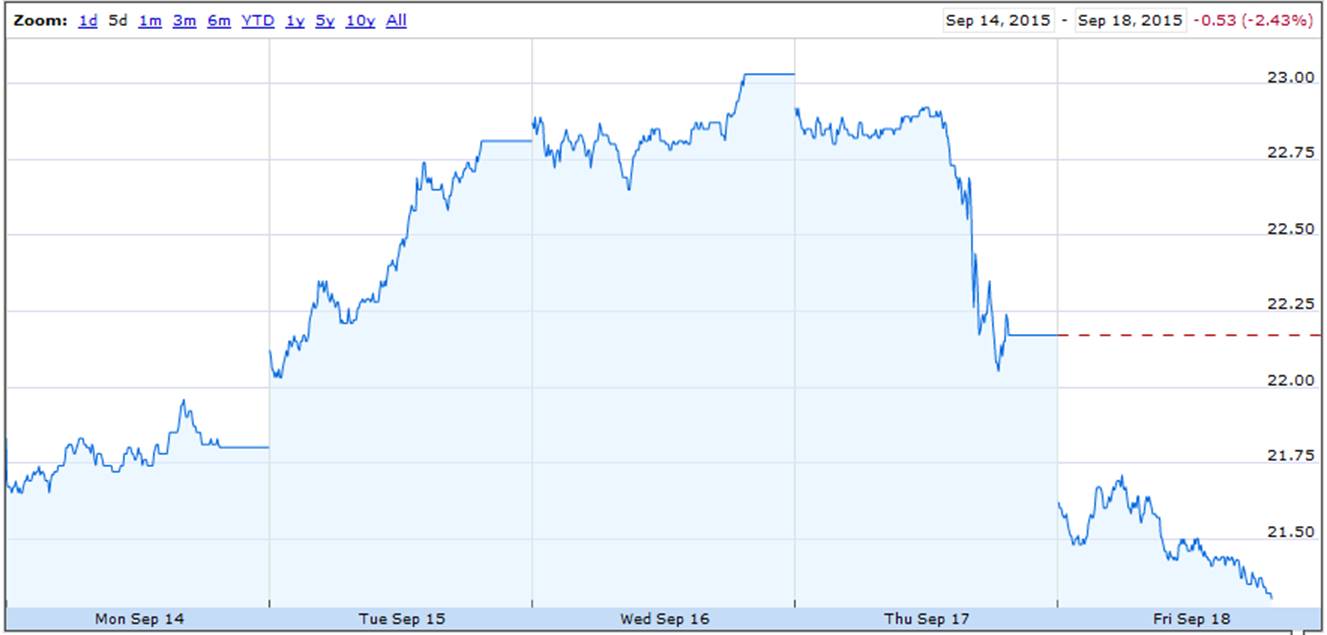

Finance
Initial Interest Rate Cap Definition
Published: December 9, 2023
Learn about the initial interest rate cap in finance. Understand its definition and how it impacts your financial planning.
(Many of the links in this article redirect to a specific reviewed product. Your purchase of these products through affiliate links helps to generate commission for LiveWell, at no extra cost. Learn more)
Understanding the Initial Interest Rate Cap Definition
Welcome to our “Finance” category of blog posts, where we delve into different financial terms and concepts to help you navigate the complexities of the financial world. In this post, we will be discussing the initial interest rate cap definition. If you’ve ever wondered what it means or how it can impact you, then you’ve come to the right place.
What is an Initial Interest Rate Cap?
An initial interest rate cap is a safeguard built into some adjustable-rate mortgages (ARMs) that limits the amount the interest rate can increase during the initial fixed-rate period. While ARMs can offer lower initial interest rates compared to fixed-rate mortgages, they also come with the risk of rates rising in the future. The initial interest rate cap protects borrowers by putting a cap on how much the interest rate can increase within a specific time frame.
Key Takeaways:
- An initial interest rate cap is a protective measure that limits the amount the interest rate can increase during the initial fixed-rate period of an adjustable-rate mortgage (ARM).
- It provides borrowers with a degree of certainty and protection against significant rate increases during the initial stage of their mortgage term.
Now that we understand the basic definition, let’s explore how the initial interest rate cap works and why it is important.
How does the initial interest rate cap work?
When you take out an ARM, you typically have an initial fixed-rate period, during which the interest rate remains constant. After this period expires, the rate becomes adjustable, meaning it can fluctuate based on various factors such as market conditions and changes in the financial industry.
The initial interest rate cap sets a limit on the maximum amount the interest rate can increase. For example, if your initial interest rate cap is set at 2%, it means that even if the market rates increase by 4%, your interest rate will only rise by the predetermined 2% cap. This cap duration is usually established for a specific period, such as one year or five years.
Why is the initial interest rate cap important for borrowers?
The initial interest rate cap is vital because it provides borrowers with a degree of certainty and protection against significant rate increases during the initial stage of their mortgage term. Here are a few reasons why it’s important:
- Predictability: By knowing there is a cap on the interest rate increase, borrowers can anticipate their potential monthly payment increases and plan accordingly.
- Budgeting: With the knowledge that their interest rate won’t skyrocket overnight, borrowers can better manage their monthly budgets and financial obligations.
- Peace of mind: The initial interest rate cap provides borrowers with peace of mind, knowing that there is a cap on how much their mortgage payments can rise, protecting them from sudden and substantial payment increases.
Conclusion
Understanding the initial interest rate cap definition is essential for anyone considering an adjustable-rate mortgage. By providing borrowers with a safeguard against excessive rate increases during the initial fixed-rate period, the initial interest rate cap offers predictability, easier budgeting, and peace of mind. If you’re in the market for a mortgage, it’s essential to discuss the details of the initial interest rate cap with your loan provider to ensure that you have a clear understanding of how it may impact your future costs.
Stay tuned for more informative articles in our “Finance” category, where we’ll continue to explore essential financial concepts to help you make informed decisions.














